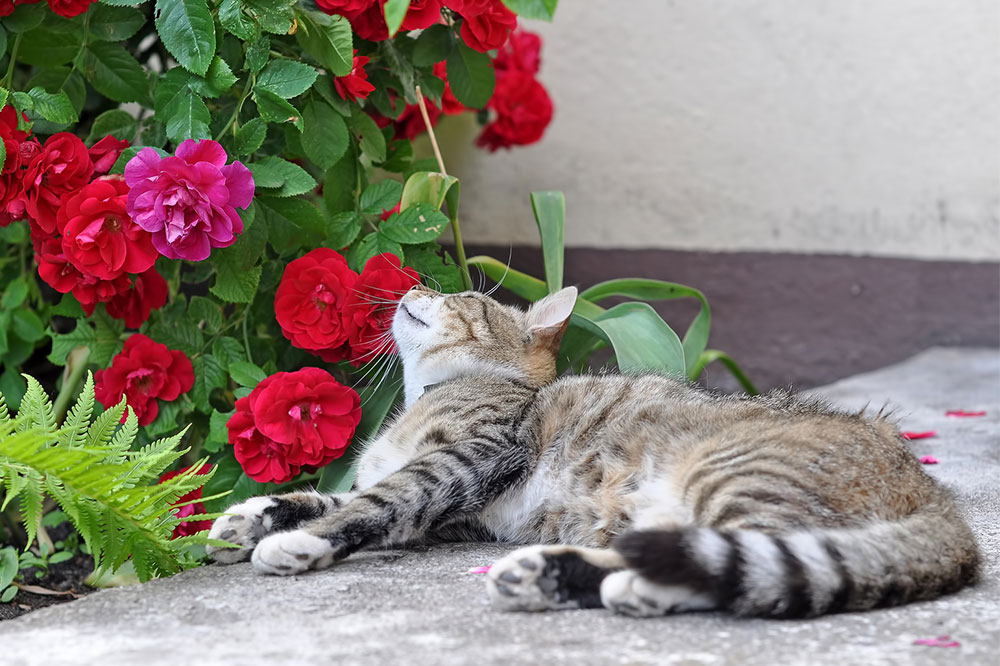
Toxic Houseplants for Cats
Cats like to nibble on plants when they are tempted by their fluttering leaves. They may also do it if they are bored. But, eating these plants can be toxic to their health. Many houseplants cause irritation and stomach disorders. Cats may feel weak and have trouble breathing. In some cases, it can also affect their kidney or heart. To help you be a better cat owner here is a list of houseplants that are toxic for cats.
Sago Palm
Although they may look like smaller versions of a palm tree, this plant is from the Cycadaceae family, making it toxic for cats. It is commonly also known as king sago or Japanese funeral palm. Eating even a little bit of its leaves can be life-threatening for cats as it causes liver damage. Other kinds of cycads like Cycadales and Bennettitales are also dangerous for cats and should be kept out of their reach.
Rubber tree plant
The rubber tree plant that grows in most of our gardens is poisonous for cats. The sap of the tree has compounds like ficusin and psoralen, which are harmful to their health. After ingestion, it can cause irritation in their gastrointestinal tract. If this sap comes in contact with a cat’s skin, it can also lead to dermal irritation.
Kalanchoe
Kalanchoes are grown at home because of their colorful flowers and succulent leaves. These plants, however, contain cardiac glycosides, which are highly toxic to a cat’s health. Chewing on its leaves for a long time can cause diarrhea. It may also lead to vomiting due to stomach disorders. In rare cases, the ingestion of a chunk of the plant can cause cardiac arrest.
Hydrangea
Hydrangea is a popular flowering shrub that is grown in home gardens. This shrub contains cyanogenic glycosides which are bad for cats. Cats can be attracted to the vibrant flowers of this houseplant, which is why it should be kept away. Every part of this plant is toxic as biting into its leaves or flowers can cause lethargy, nausea, and diarrhea in cats.
Peace Lily
They may appear to be gentle but can wreak havoc on your cat’s health. This houseplant has insoluble calcium oxalate which are tiny crystals that are toxic to cats. Chewing the flowers or leaves can induce a flow of these harmful crystals into the tissues in the mouth and throat. Cats may feel like not eating their usual food due to oral pain and vomiting.
Azalea/Rhododendron
These lavender, red, and pink flower shrubs are common plants, often found in home gardens. When cats consume these plants, it can affect their health drastically. These plants have neurotoxins like grayanotoxins that can cause cells to dysfunction in cats. It can affect their nervous, cardiovascular, and gastric systems. Ingestion of a big bit of these plants can also be fatal.



